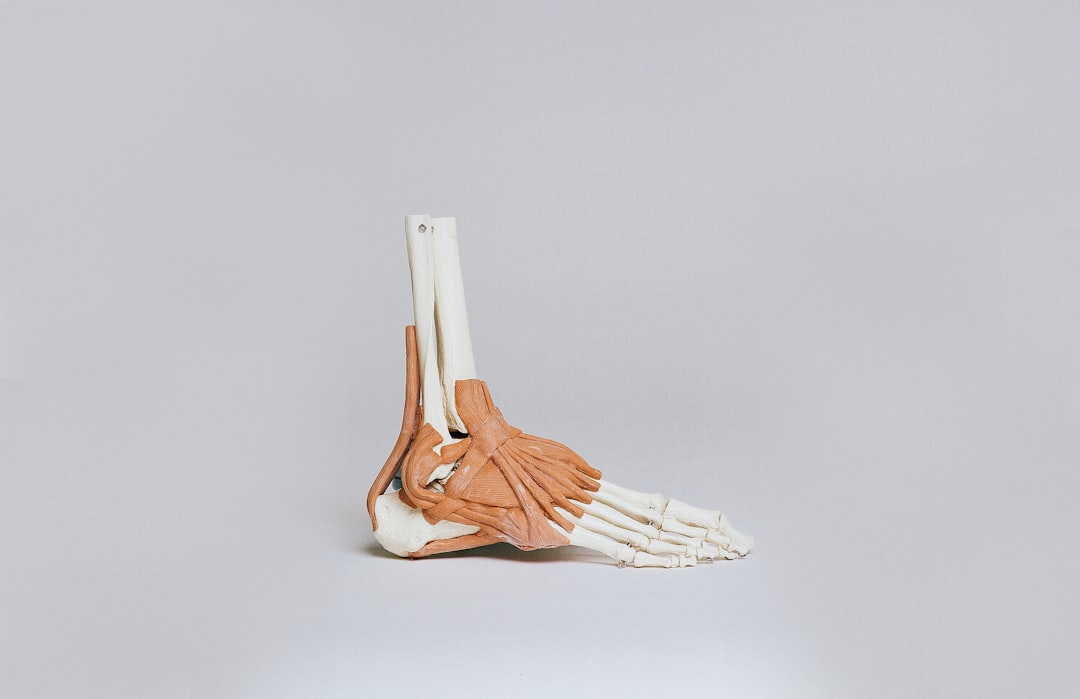What is it about?
Hospital ward design (type of patient rooms, lighting, sound, spatial layout) is often not considered in the recovery of people with neurological injury or disease. We have shown for the first time that ward redesign can be linked to a small but significant difference in patient social and physical activity. We also showed where in the ward these changes occurred.
Featured Image
Why is it important?
Our findings show new ways to use existing tools to measure patient activity using behavioral mapping, and describing the design of hospital wards using a structured environmental descriptor. We also found that thinking about how we design spaces for people with neurological injuries and disease could impact on desirable patient outcomes like more or frequent social and physical activity.
Perspectives
This was a great opportunity for me as a researcher to begin to think about how we can use existing tools and methods to triangulate data exploring the impact of the physical environment on neurological patient activity. I hope this article makes clinicians and researchers working in neurological rehabilitation think more about manipulating the ward design for better recovery outcomes for neurological patients.
Dr Michelle M. Shannon
Monash University
Read the Original
This page is a summary of: Can the physical environment itself influence neurological patient activity?, Disability and Rehabilitation, January 2018, Taylor & Francis,
DOI: 10.1080/09638288.2017.1423520.
You can read the full text:
Contributors
The following have contributed to this page










